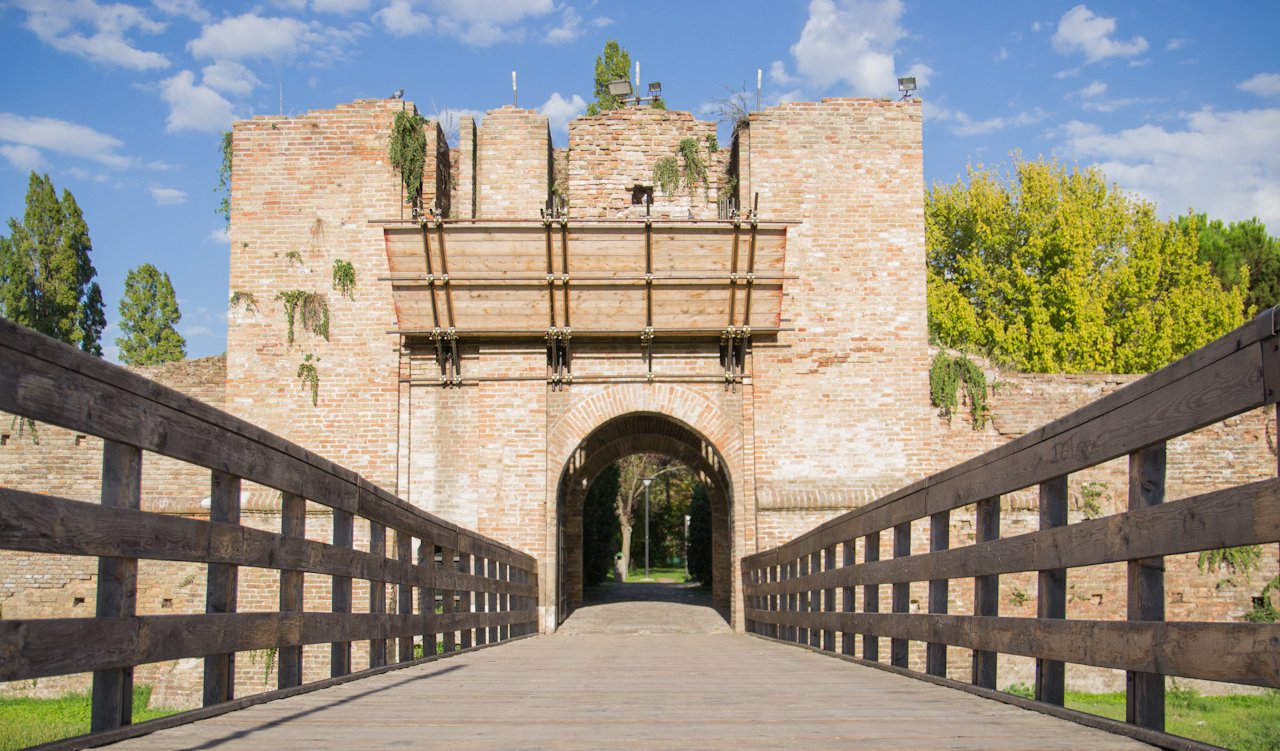
Program
Featuring
Other information
The event is about 2.5 hours long.
About the event
“I alone hold the key to this savage parade.” The preceding statement could have come from Haydn, the grand master of the symphony, whose last work in this genre is almost like a summing up of all that he had learned. Or it could just as easily have come from Wagner, who preferred to keep all details of his music dramas under his own control, and who composed Siegfried Idyll as a birthday present for his wife, Cosima. The truth, however, is that it was Arthur Rimbaud who penned these words, which serve as the motto of Britten’s piece, Les Illuminations. The song cycle, often sung by a tenor soloist, will be performed this time in its original, soprano version. The Budapest Festival Orchestra’s soloist will be Anna Prohaska, with a voice described by The Times as “shimmering so sweetly.”
Christmas morning, 1870: Cosima’s birthday. Fifteen musicians appear on the steps of the Wagners’ house, performing an endlessly lyrical and intimate serenade for the composer’s wife. The music also evokes their youngest child, Siegfried (or as his parents called him: Fidi); the orange hue of the wallpaper in Cosima’s bedroom; and, of course, several motifs from The Ring. This is Siegfried Idyll.
Britten was always incredibly sensitive in his approach to English, Italian or - as in the case of Les Illuminations - French poetry. The work, composed in 1940, begins with fanfares, with the sound of trumpets imitated by violins and violas. “Cities” portrays the bustling of industrialization; it is followed by the simple “Sentences” and the dance-like “Antique.” Following some imaginary “Royalty” and the “Seascape,” it is the orchestra’s turn for a musical interlude, before the cycle concludes with the erotic poem “Being Beauteous” and a “Parade.”
“The new symphony in D major is the last I’ve composed for England,” Haydn wrote in his journal in 1795. The piece premiered at a concert featuring only music by Haydn, with the composer conducting – a true finale for the second tour in London. The first movement linking the slow introduction and fast main section, the uncluttered middle movements and the finale featuring a Croatian folk song with horn accompaniment are a fitting conclusion to the most important part of the composer’s oeuvre.